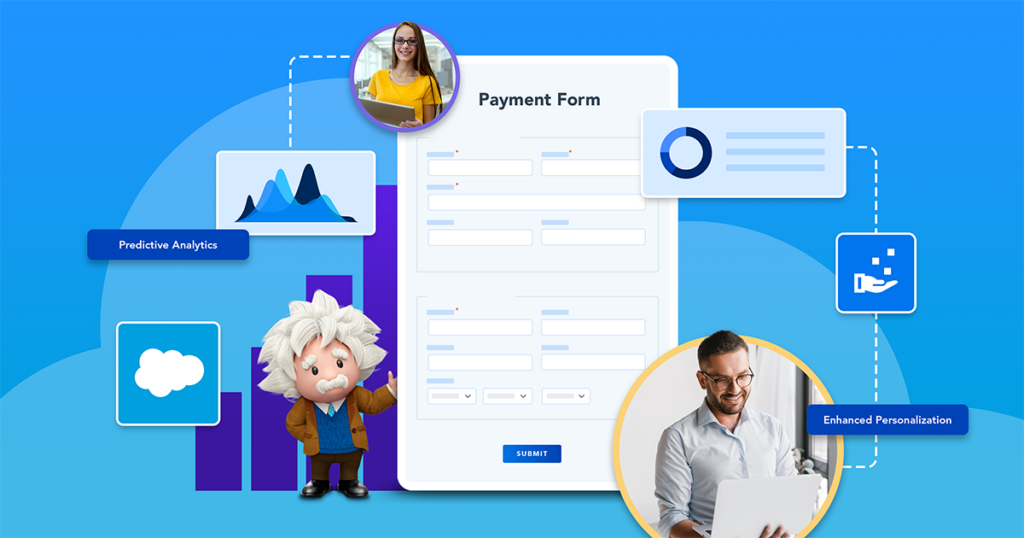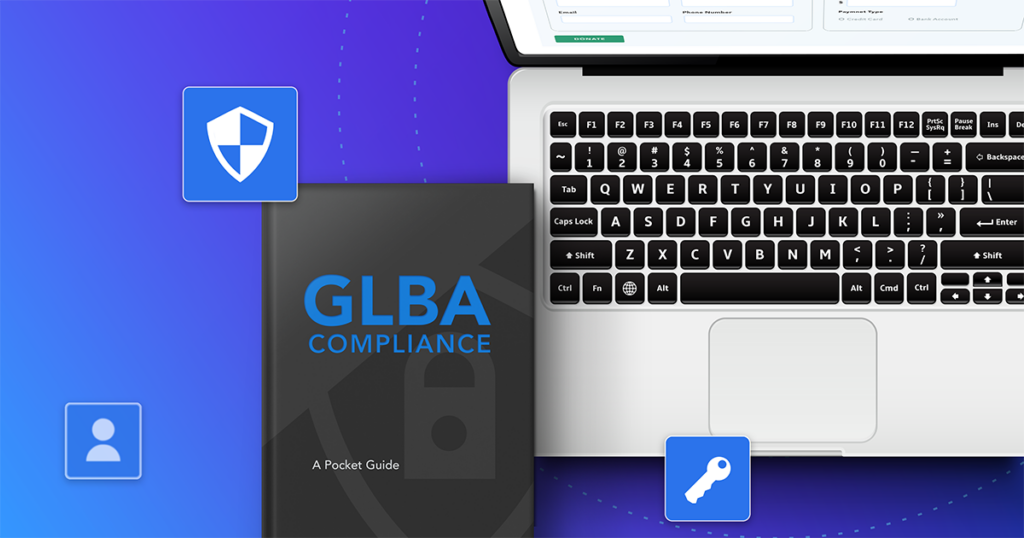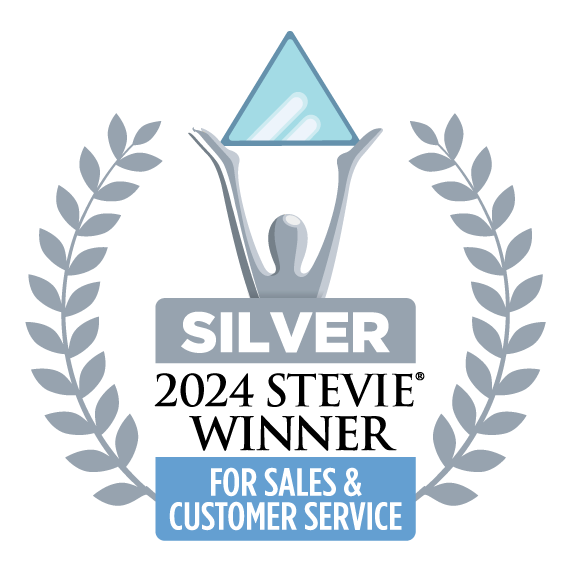For many of us, the term cross-departmental collaboration can spark a strong emotional response. Based on whether we’ve had positive or negative experiences, hearing this phrase can cause us to feel either hopeful or disappointed in workplace performance. But what if you knew how to encourage mutual collaboration by setting up processes that made your whole organization run more effectively?
Remote work or not, team collaboration is a big deal. In fact, up to 86% of employees and executives cite a lack of collaboration for workplace failures. When you consider an organization’s growth goals, revenue numbers, KPIs, and other vital metrics, mutual collaboration becomes even more important.
In this post, we’ll discuss the problems with disconnected teams and how to solve them. Additionally, you’ll learn how enhanced data collection and workflows can positively change the efficiency of your entire organization.
The role of data in workplace collaboration
Data is a more prominent topic in some workplaces than others. Even if we don’t realize it–data is everywhere. It constantly fuels the decisions we make and the goals we set at work, whether behind the scenes or at the forefront of our everyday responsibilities.
When strong data policies are missing, otherwise healthy workplaces can become derailed by inefficiency, disorganization, and confusion. These problems lead to frustrated employees and a workplace culture that’s marked by low morale and tedious work.
A recent study by Gartner revealed that more than 65% of data science projects are unable to yield the desired results because data science teams and data users can’t collaborate effectively. Over time, this failure to collaborate can lead to diminished growth, missed opportunities for sales and revenue, and animosity between teams.
Common collaboration blunders in the workplace
Now that you have a better understanding of how data practices impact the workplace as a whole, it’s time to address specific issues that occur in different professional settings. The problems below are present in all types of organizations and businesses, from nonprofits, education institutions, financial companies, and more.
- Data silos – A data silo happens when important information or data is “trapped” with one department. By nature, data silos prevent other offices from being able to effectively use or leverage the essential data they need to make decisions and have an impact. As a result, data silos are a hidden source of frustrating workplace bottlenecks.
- Relying on outdated systems – Business leaders should always ensure that the systems they have in place are the most suitable for a particular need. Many times, businesses outgrow the old manual process that were put in place at the beginning, and failure to upgrade contributes to frustration and inefficiency. A modern and secure data platform provides numerous solutions and solves many pain points.
- Missing or lackluster security protocol – Research shows that up to 90% of leaders aren’t sure or have low confidence in the data they need to protect. This mindset can produce outdated security policies that contribute to cross-departmental breakdowns. More importantly, poor security policies contribute to expensive cybersecurity incidents and breaches that affect the entire organization.
How does a data collection platform help?
Without a doubt, a data collection platform can enhance workplace productivity by fostering better internal communication, collaboration, and insight. A data collection platform connected to a CRM (like Salesforce), serves as a single source of truth for individuals who represent different teams or departments. This aspect promotes clarity and conversation, particularly when it comes to how to use stored data.
In addition to transparency, a data collection platform may save organizations hundreds (if not thousands) of dollars each month. This financial savings can be accomplished by:
- Eliminating manual data entry costs
- Replacing paper and print expenses
- Consolidating multiple software sources into one powerful platform
- Collecting better information about leads and prospects
Automate existing processes for faster results
There are many situations in which one department passes on existing work to another department to complete the loop. This can take the form of:
- Application approvals
- Document reviews
- Marketing to sales hand-offs
- General contact inquiries
A centralized source of data can connect the dots between these departments, increasing efficiency and speed. Moreover, automation can replace outdated manual processes that are prone to simple human errors.
Establish a culture of security and privacy
As data gets passed between departments, there is a concern for security and privacy. This is particularly true when an organization or business handles sensitive information or consumer data. There is a responsibility to protect this information, even as it exchanges hands.
By implementing a secure data collection platform, you can build a strong brand reputation and create a culture of security and privacy. Employees across all departments should be expected to know and uphold security protocol in order to eliminate insider threats and cybersecurity risks.
Implement a solution that scales with your organization
Lastly, choosing the right data collection platform ensures that your organization is set up for success in the long run. While it’s possible to patch inter-departmental issues with quick fixes and cheap temporary software, these solutions rarely stand the test of time.
When it’s time to grow and scale–what matters most to your entire team? Save time, resources, and money by planning for the future and selecting a comprehensive platform that has the features and capabilities your entire organization expects.
Develop a team collaboration strategy
Inter-departmental relationships are most often modeled from the top down, which means that an effective collaboration strategy should be clearly defined by upper level management. Not only does this precedent set the appropriate tone, but it also clarifies what the expectations are for other departments and team members.
When developing a team collaboration strategy to improve interdepartmental work processes, consider the following reminders.
- Re-state the company’s mission and purpose so that it remains top of mind
- Model desired behavior at the executive and upper level
- Encourage honesty through approachability (“open door” policies where fitting)
- Consider the unique dynamics of in-person versus remote collaboration
- Invest in tools or software that make collaboration even easier
While no company is perfect, departmental collaboration can produce a team culture that attracts new talent and retains the best employees. Not only does this contribute to greater day-to-day productivity, but having a common goal is a unifying factor that naturally produces better results. In the end, this leads to more success for every individual and team.
A note on FormAssembly Workflow
If your team is looking for a visually appealing way to organize existing processes, FormAssembly Workflow is the perfect tool. With our Workflow Builder, it’s possible to build roadmaps, sync web forms, integrate with other apps, and use conditional logic to assign crucial tasks and activities to members of different departments.
All FormAssembly Workflows are highly shareable, flexible, and well-integrated. These features mean that it’s easier than ever to enhance repetitive processes in nearly any industry.
Whether you need to process approvals, conduct compliance audits, or sign off on pre-qualifications, Workflow has you covered. Workflow allows you to connect the dots between departments with visual cues, clarity, and precision.
Promote collaboration and growth today
If you’re ready to encourage cross-departmental collaboration in your workplace once and for all, FormAssembly is here to help. Our secure and feature-rich data collection and form building platform provides options for all types of organizations, both large and small.
Not only can FormAssembly help your organization save time and money, but it can foster a sense of collaboration and connection that can’t be found anywhere else. With FormAssembly, you can build a culture of transparency and efficiency whenever you’re ready.
Our team is eager to chat with you about potential solutions. Reach out today to discover how FormAssembly can help!



